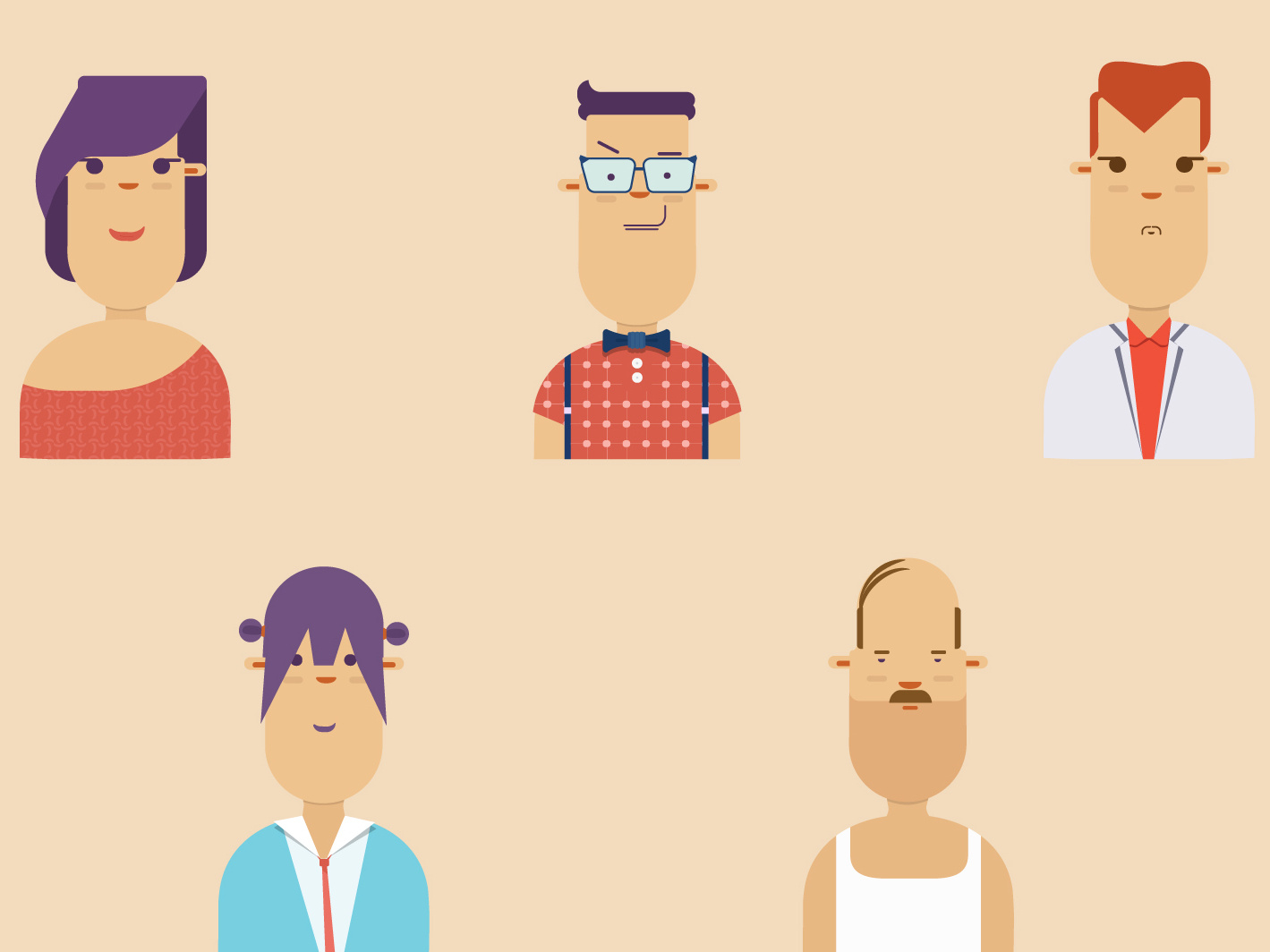

But many of the most memorable and relatable figures from fiction are likely to be round characters: these fictional figures seem deeply human, creating life on the page that speaks to our own experiences. Despite the common assumption, it is important to note that there is nothing inherently “better” about a round character over a flat one - flat characters can be highly effective and entertaining in supporting roles or in plot-driven stories, adding color and assisting the development of the primary characters. They can be captured by just a few words or by their “type”: mad scientist, evil stepmother, animal sidekick. In contrast, flat characters are those with little complexity or depth of personality. In other words, there is more to them than what exists on the page. These characters feel like real people because their arc, backstory, motivations, goals, and weaknesses have been fully fleshed out in nuanced detail. You’ll often hear readers refer to “round characters” to describe those that seem recognizably real, like they could exist in our world. We identify and empathize with them, and become invested in the outcome of their story. Generate intrigue via their complexities and surprising actions.They have behaviors and personalities we recognize from real life.



 0 kommentar(er)
0 kommentar(er)
